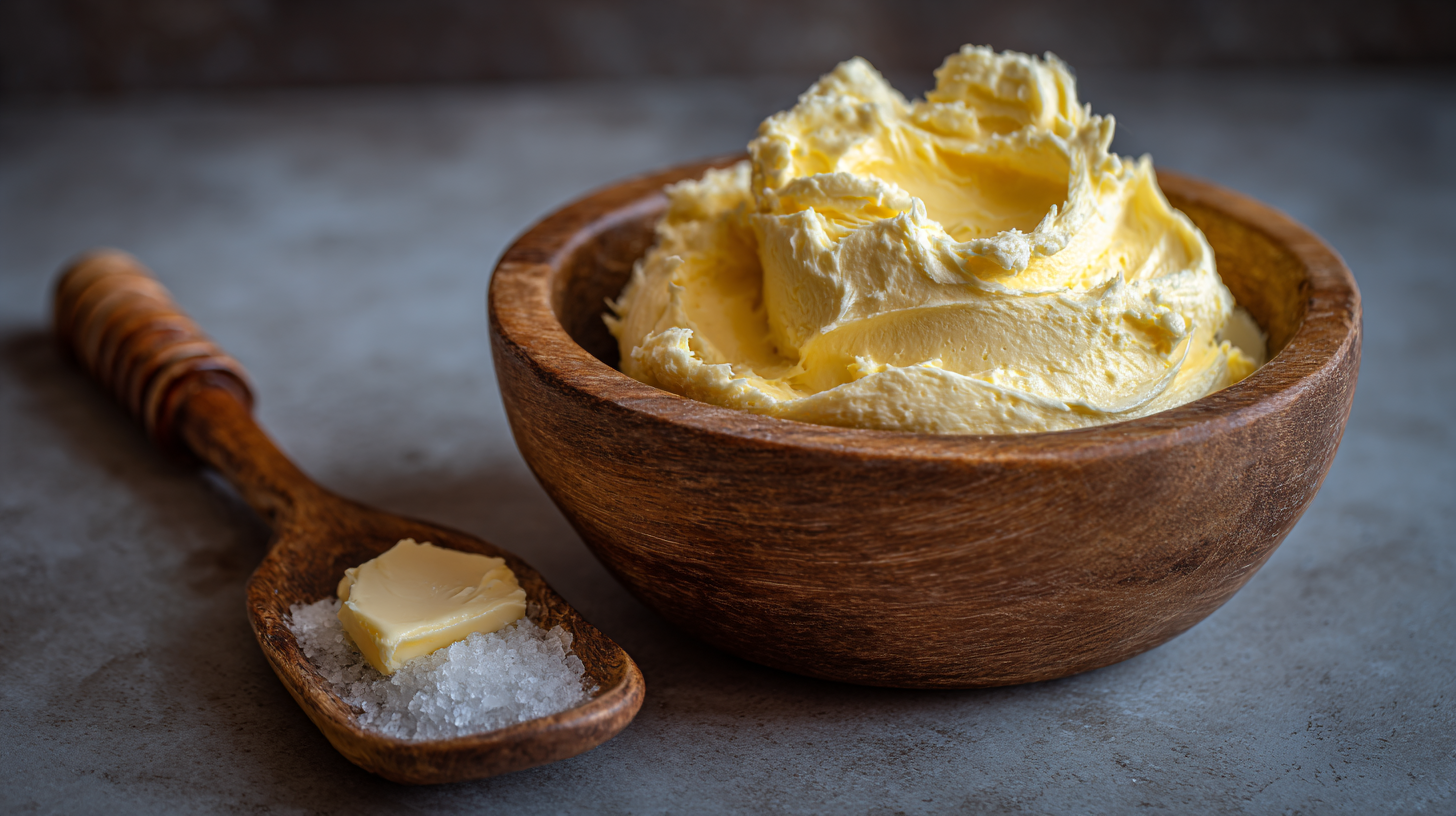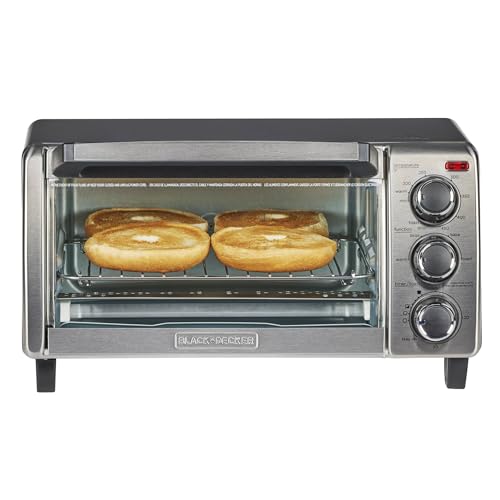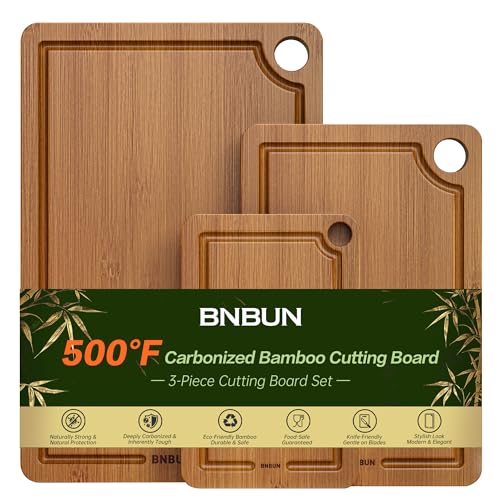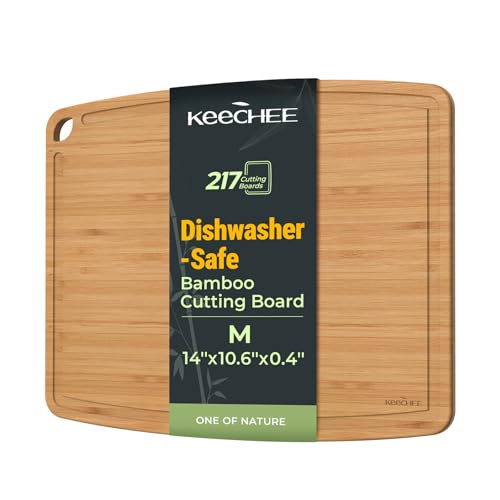What Is Honey Butter?
Honey butter is a luxurious spread made by combining softened butter with honey to create a sweet and creamy condiment. This delectable blend transforms ordinary butter into a versatile treat that offers the perfect balance between rich creaminess and natural sweetness.
The beauty of honey butter lies in its simplicity – just two primary ingredients that work together to create something greater than the sum of their parts. The butter provides a smooth, rich base while the honey contributes floral notes and natural sweetness that regular butter lacks.
Most honey butter recipes maintain a ratio of about 1:1 or 2:1 butter to honey, allowing the natural flavors of both ingredients to shine through. Some variations include additional ingredients like cinnamon, vanilla, or sea salt to enhance the flavor profile even further.
This spreadable delight originated as a way to preserve butter while adding sweetness before refined sugar became widely available. Today it remains popular not just for its taste but also because it contains fewer processed ingredients than many commercial spreads.
You’ll find honey butter served alongside warm bread baskets in upscale restaurants or packaged as a specialty product in gourmet food stores. But, making it at home gives you complete control over the quality of ingredients and the flavor balance you prefer.
Why You’ll Love This Honey Butter Recipe
This honey butter recipe will quickly become your new favorite kitchen staple for several compelling reasons:
- Incredibly Simple – Just three basic ingredients transform into something magical in minutes. No special equipment or techniques required!
- Customizable Flavor – Adjust the honey-to-butter ratio to match your preferred sweetness level or add optional ingredients like cinnamon or vanilla to create your perfect spread.
- Versatile Uses – Slather it on warm bread fresh from the oven enhance pancakes and waffles or melt it over roasted vegetables for an unexpected sweet and savory combination.
- Impressive for Guests – Serve this gourmet-tasting spread at your next brunch or dinner party and watch your guests marvel at your culinary skills.
- Wholesome Ingredients – Unlike store-bought flavored spreads with preservatives and artificial flavors this homemade version contains only real natural ingredients you can pronounce.
- Make-Ahead Convenience – Prepare a batch and refrigerate it for up to two weeks making breakfast prep and snack time effortless.
- Gift-Worthy – Package this honey butter in cute jars with personalized labels for a thoughtful homemade gift that recipients will truly appreciate.
- Budget-Friendly Luxury – Transform everyday meals into special occasions without spending a fortune on fancy ingredients or complicated recipes.
Ingredients For Homemade Honey Butter
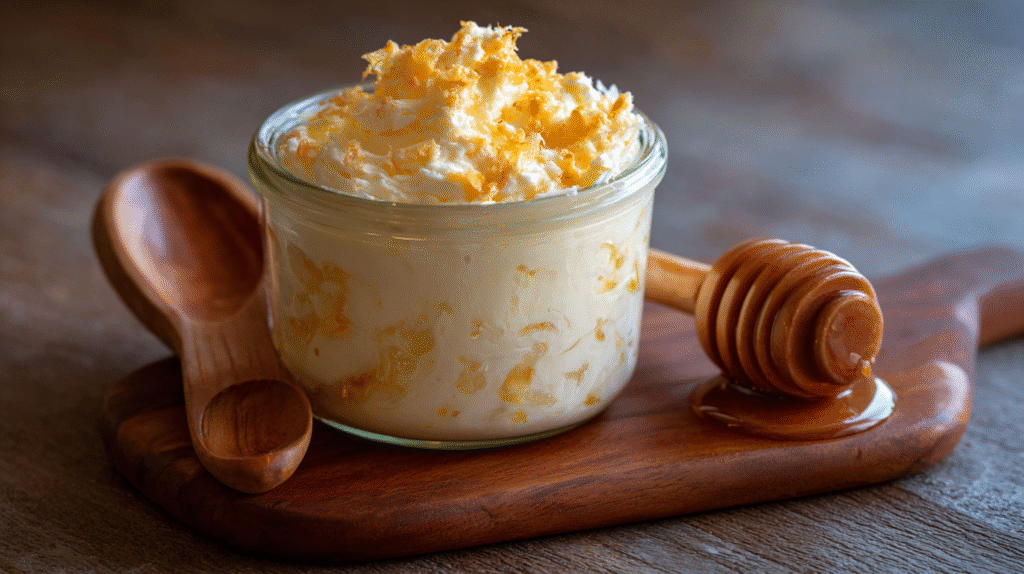
Creating this luxurious spread requires minimal ingredients but delivers maximum flavor. Here’s everything you need to make perfect honey butter at home:
Basic Ingredients
- 1 cup (2 sticks) unsalted butter, softened to room temperature
- ⅓ to ½ cup high-quality honey (adjust to your preferred sweetness)
- ¼ teaspoon salt (optional but recommended to balance sweetness)
Optional Flavor Enhancers
- ½ teaspoon pure vanilla extract
- ¼ teaspoon ground cinnamon
- Pinch of sea salt for finishing
- Zest of one lemon or orange for citrus variation
- 1 tablespoon maple syrup (can substitute for some of the honey)
Equipment Needed
- Medium mixing bowl
- Electric mixer or sturdy spoon
- Rubber spatula
- Airtight container for storage
The quality of your ingredients directly impacts the final result. Select unsalted butter when possible as it allows you to control the salt level precisely. Raw unfiltered honey provides the most complex flavor profile but regular honey works wonderfully too. Ensure your butter is properly softened (not melted) for the smoothest texture and easiest blending with the honey.
Kitchen Tools Needed
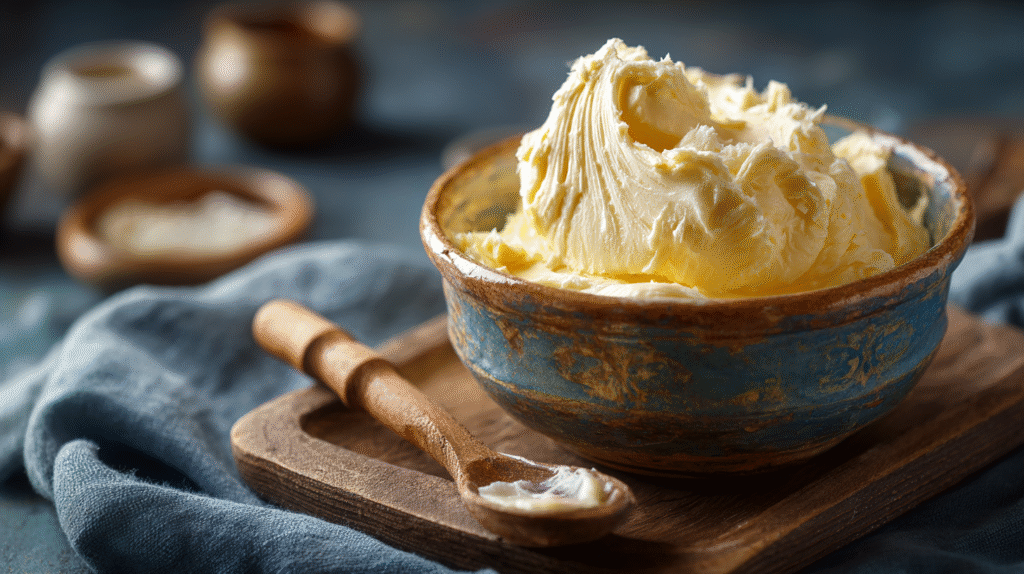
Creating honey butter requires minimal equipment making it accessible for cooks of all skill levels. Gather these simple tools before starting your recipe:
- Medium mixing bowl – Choose one that provides enough space to blend ingredients without spilling
- Electric mixer – A hand mixer or stand mixer works perfectly for achieving that whipped texture
- Measuring cups – For accurately measuring honey and any additional ingredients
- Measuring spoons – Needed for smaller measurements like vanilla extract or spices
- Rubber spatula – Essential for scraping every bit of the mixture from the bowl and into your storage container
- Storage container – A small jar or airtight container for storing your finished honey butter
- Butter knife or small spoon – For testing and serving your creation
You don’t need fancy equipment to make exceptional honey butter. Many home cooks already have these basic tools in their kitchens. The electric mixer delivers the best results by incorporating air into the mixture creating that fluffy spreadable consistency that makes honey butter so delightful. But if you don’t have an electric mixer a fork or wooden spoon can work with a bit more effort and arm strength.
How To Make Honey Butter
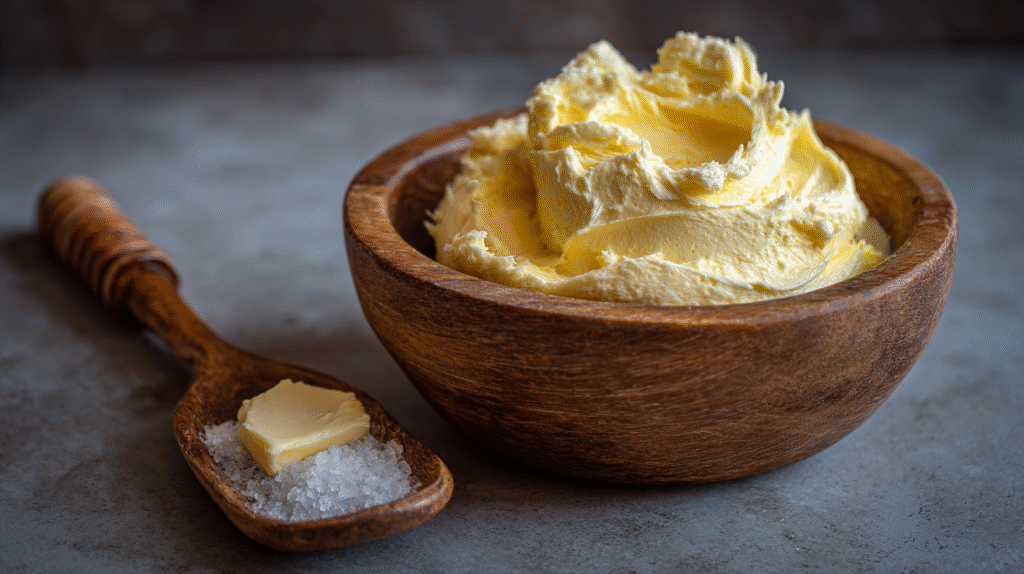
Creating perfectly whipped honey butter is surprisingly simple. Follow these steps to achieve a deliciously smooth spread that will enhance your favorite breads and baked goods.
Softening The Butter
Start with butter that’s properly softened at room temperature for about 30-45 minutes. Your butter should yield slightly when pressed with your finger but still maintain its shape. Avoid using melted butter as it won’t whip properly and will create an oily texture. For quicker softening in a pinch, cut the butter into small cubes to increase surface area. Never microwave the butter directly as this can create hot spots that melt portions unevenly. Properly softened butter forms the foundation of smooth honey butter with the ideal consistency.
Mixing The Ingredients
Place your softened butter in a medium mixing bowl and add honey gradually while mixing. Begin with about ⅓ cup of honey then taste and adjust according to your sweetness preference. Add any optional ingredients like vanilla extract (½ teaspoon), cinnamon (¼ teaspoon), or a pinch of salt at this stage. Use a rubber spatula to scrape down the sides of the bowl occasionally to ensure all ingredients incorporate evenly. Mix until the honey fully integrates with the butter and no streaks remain. The mixture should appear uniform in color with a light golden hue from the honey.
Whipping To Perfection
Beat the mixture with an electric mixer on medium speed for 3-5 minutes until it becomes light and fluffy. You’ll notice the color lightening as air incorporates into the mixture. The texture should transform from dense to airy with visible ripples forming when you lift the beater. Stop occasionally to scrape down the sides ensuring everything whips evenly. For extra smoothness continue beating for an additional minute. Transfer your finished honey butter to a serving dish or storage container using a rubber spatula. The perfect honey butter will hold soft peaks and spread easily while maintaining its whipped structure.
Storing Your Honey Butter
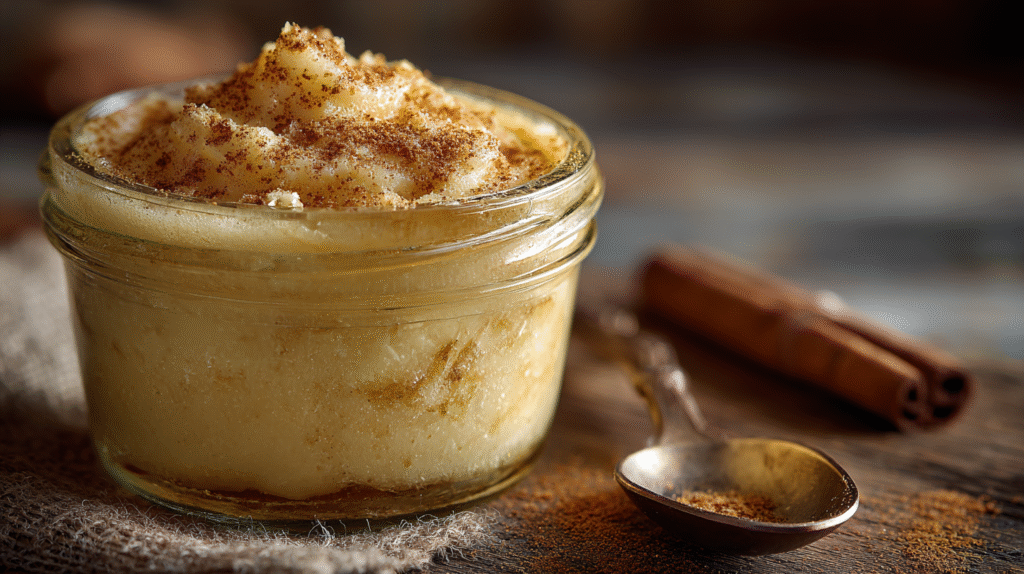
Proper storage is essential for maintaining the freshness and quality of your homemade honey butter. After preparing your delicious spread you’ll want to transfer it to an airtight container to prevent it from absorbing refrigerator odors. Glass jars with tight-fitting lids work particularly well as they don’t retain flavors and allow you to see the contents.
Your honey butter will stay fresh in the refrigerator for up to 2 weeks when stored correctly. Before serving refrigerated honey butter allow it to sit at room temperature for 15-20 minutes to soften for easy spreading. Stir it gently before use if any separation occurs during storage.
For longer preservation freeze your honey butter in small portions using freezer-safe containers or wrap. Frozen honey butter maintains quality for up to 3 months. Thaw overnight in the refrigerator rather than using a microwave to preserve the creamy texture.
Room temperature storage is possible for short periods (1-2 days) in cooler climates but refrigeration is recommended especially during warmer months. The high sugar content from honey acts as a natural preservative extending shelf life beyond regular butter.
Label your containers with the preparation date to track freshness. If your honey butter develops an off smell or shows signs of mold discard it immediately regardless of the preparation date.
Serving Suggestions
Your homemade honey butter deserves to shine across various dining occasions. This versatile spread can transform ordinary meals into memorable culinary experiences with just a simple dollop or spread.
Breakfast Ideas
Start your morning with warm toast slathered in honey butter for a simple yet indulgent breakfast treat. Pancakes and waffles reach new heights when topped with a melting pat of honey butter instead of traditional syrup. Try spreading it on freshly baked muffins or scones for a sweet enhancement that pairs perfectly with coffee or tea. French toast becomes extraordinary when finished with a generous portion of honey butter melting into all the nooks and crannies. Breakfast sandwiches gain a touch of sweetness when you spread honey butter on the inside of an English muffin before adding eggs and other fillings. Oatmeal transforms from basic to gourmet when swirled with a spoonful of honey butter just before serving.
Dinner Pairings
Elevate dinner rolls or biscuits by serving them warm with honey butter on the side for guests to apply generously. Sweet potatoes become irresistible when topped with a dollop of honey butter that slowly melts into the flesh. Cornbread reaches its full potential paired with honey butter that complements its natural sweetness and texture. Roasted vegetables like carrots or butternut squash develop complex flavor profiles when finished with a small amount of honey butter. Grilled corn on the cob transforms into a gourmet side dish when rolled in honey butter while still hot from the grill. Holiday meals benefit from this special spread that makes even simple sides feel festive and elevated. Brush honey butter on dinner proteins like chicken or salmon during the last few minutes of cooking for a glossy finish and subtle sweetness that balances savory flavors.
Variations Of Honey Butter
The classic honey butter recipe serves as an excellent foundation for creative exploration. You can transform this simple spread into many delightful variations by incorporating different flavors and ingredients to suit your taste preferences and complement exact dishes.
Cinnamon Honey Butter
Cinnamon honey butter brings a warm aromatic twist to the traditional recipe with its cozy spice notes. Add 1-2 teaspoons of ground cinnamon to your basic honey butter mixture for an instant upgrade that evokes the comforting flavors of fall. This variation pairs exceptionally well with breakfast items like toast, pancakes, and waffles, creating a taste reminiscent of cinnamon rolls. For an even more complex flavor profile, consider incorporating a tiny pinch of nutmeg or cardamom alongside the cinnamon. The warming spices in this version make it particularly appealing during colder months or holiday gatherings when served with sweet potatoes, pumpkin bread, or apple muffins.
Citrus Honey Butter
Bright and refreshing citrus honey butter offers a zesty counterpoint to the sweetness of traditional honey butter. Add 1-2 teaspoons of fresh citrus zest from lemons, oranges, or even grapefruits to your base recipe. The natural oils in the zest infuse the butter with vibrant flavor without adding excess moisture. For an extra dimension, incorporate a small splash of fresh juice or a drop of pure citrus extract. This sunny variation complements scones, English muffins, and biscuits beautifully. Citrus honey butter also works wonderfully as a finishing touch for seafood dishes or grilled vegetables, providing a bright accent that cuts through richer foods.
Savory Herb Honey Butter
Savory herb honey butter bridges the gap between sweet and savory applications with its sophisticated flavor profile. Mix in 1-2 teaspoons of finely chopped fresh herbs like rosemary, thyme, or sage to create an unexpected twist on the classic spread. Fresh herbs work best for this variation, though dried herbs can substitute at about half the quantity. A pinch of cracked black pepper or flaky sea salt balances the sweetness and enhances the herbal notes. This sophisticated variation elevates dinner rolls, cornbread, and roasted vegetables to new heights. Try spreading savory herb honey butter on warm crusty bread or melting it over grilled meats for an impressive flavor boost that will surprise and delight your guests.
Tips For Perfect Honey Butter Every Time
Creating spectacular honey butter is surprisingly simple when you follow these expert tips. These suggestions will help you achieve that perfect balance of sweetness and richness every time.
Room Temperature Matters
Always start with truly room temperature butter for the smoothest result. Cold butter won’t blend properly and might leave lumps in your finished spread. Set your butter out on the counter for at least 30-45 minutes before mixing. Avoid the microwave shortcut as it risks melting portions of the butter which can affect the final texture.
Quality Ingredients Make a Difference
Select high-quality unsalted butter and raw honey for the best flavor profile. European-style butter with higher butterfat content creates an exceptionally rich and creamy spread. Local raw honey provides more complex flavor notes than processed varieties. The better your starting ingredients the more impressive your honey butter will taste.
Perfect Your Proportions
Start with the 2:1 butter-to-honey ratio recommended in the recipe but don’t hesitate to adjust according to your taste preferences. For a sweeter spread add more honey gradually tasting as you go. Remember that honey’s sweetness can vary depending on its floral source so you might need different amounts with different honey varieties.
Whip for Texture
Whip your honey butter longer than you might think necessary. The extra beating time incorporates more air creating that light pillowy texture that spreads beautifully. Beat for 3-5 minutes until the color lightens significantly and the mixture holds soft peaks when you lift the beater.
Add Flavors at the Right Time
Incorporate any additional flavorings during the initial mixing stage before whipping. This ensures even distribution throughout the spread. Extracts like vanilla need just a few drops while dry spices like cinnamon should be added conservatively since their flavors intensify over time.
Taste and Adjust
Always taste your honey butter before transferring it to storage containers. This final check allows you to make any necessary adjustments to sweetness or flavor intensity. Remember the flavors will meld further during refrigeration.
Proper Transfer Techniques
Use a silicone spatula to transfer your whipped honey butter to storage containers. This flexible tool helps you capture every bit of the delicious spread without compressing the air you’ve worked to incorporate. Smooth the top with the back of a spoon for an attractive presentation.
Temperature Before Serving
For the optimal spreading experience remove honey butter from the refrigerator 15-20 minutes before serving. This slight warming makes it perfectly spreadable without being too soft. Cold honey butter can tear delicate breads while overly soft versions soak in too quickly.
The Best Honey To Use
The honey you select dramatically impacts the flavor profile of your honey butter. Raw unfiltered honey delivers the most complex and robust flavor with beneficial enzymes and antioxidants intact. Unlike pasteurized varieties that undergo high-heat processing which destroys many natural compounds raw honey retains its full nutritional value and distinct floral notes.
Local honey from nearby apiaries offers unique regional characteristics based on the flowers bees visit in your area. These varieties often feature more pronounced flavor profiles than mass-produced options and support local beekeepers. Many culinary experts prefer wildflower honey for honey butter due to its balanced sweetness and subtle floral undertones that complement butter without overwhelming it.
Single-source varieties like clover orange blossom or lavender honey each bring distinctive characteristics to your spread. Clover honey provides a mild clean sweetness ideal for those who prefer a more subtle flavor profile. Orange blossom honey contributes citrus notes that brighten the butter beautifully. Lavender honey infuses delicate floral aromatics creating an elevated gourmet experience.
Darker honeys such as buckwheat or avocado honey contain stronger more robust flavors with molasses-like qualities. These varieties work exceptionally well when creating honey butter for savory applications or pairing with hearty breads. The intensity of these darker honeys stands up well to additional spices and herbs in your recipe.
Avoid honey products labeled simply as “honey blend” as these often contain corn syrup or other sweeteners that dilute the authentic honey flavor. True quality honey displays variations in color and opacity indicating its natural state. The texture should flow slowly when stirred demonstrating proper viscosity that will incorporate beautifully into your butter.
Specialty honey varieties like manuka or tupelo command higher prices but offer distinctive flavor profiles worth exploring for special occasions. Manuka honey from New Zealand provides medicinal qualities and a uniquely rich taste. Tupelo honey from the southeastern United States remains liquid longer than most varieties and features a clean light flavor that many honey connoisseurs prize.
Raw creamed honey also works beautifully in honey butter recipes creating an ultra-smooth texture. This naturally crystallized honey variety blends seamlessly with softened butter requiring less mixing time. The resulting spread maintains excellent consistency with a luxurious mouthfeel that enhances everything from morning toast to dinner rolls.
Conclusion
Creating your own honey butter at home is truly a game-changer for your culinary repertoire. This simple yet luxurious spread transforms ordinary meals into something special with minimal effort and just a few quality ingredients.
You’ll find yourself reaching for this versatile condiment morning noon and night as it enhances everything from breakfast toast to dinner rolls. The beauty lies in its adaptability – customize it to your taste preferences and discover your perfect flavor combination.
Whether you’re making it for everyday enjoyment or as a thoughtful homemade gift honey butter represents the perfect balance of simplicity and indulgence. With the tips and variations provided you’re now equipped to create this delightful spread that will surely become a staple in your kitchen.

